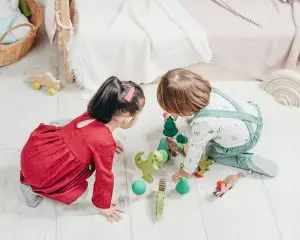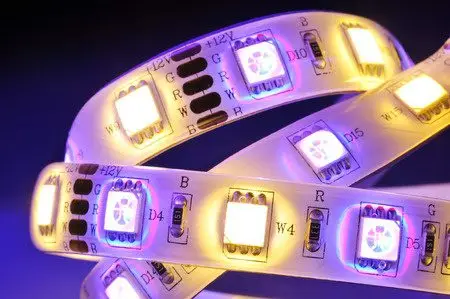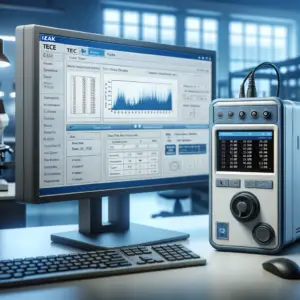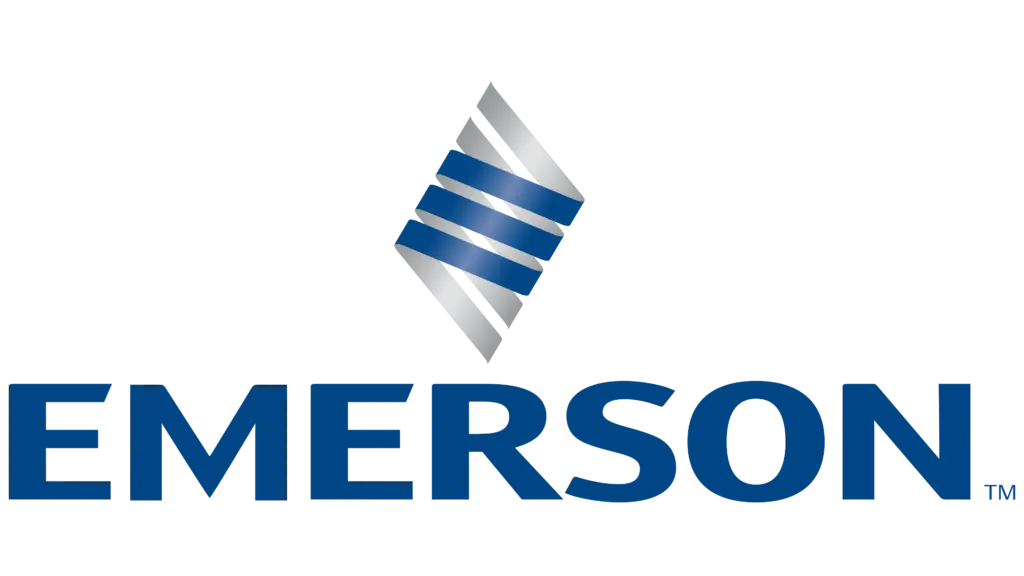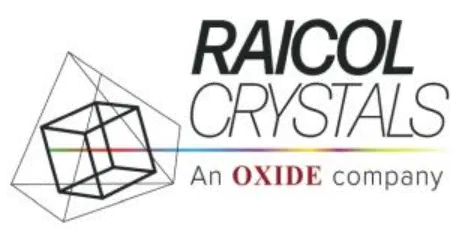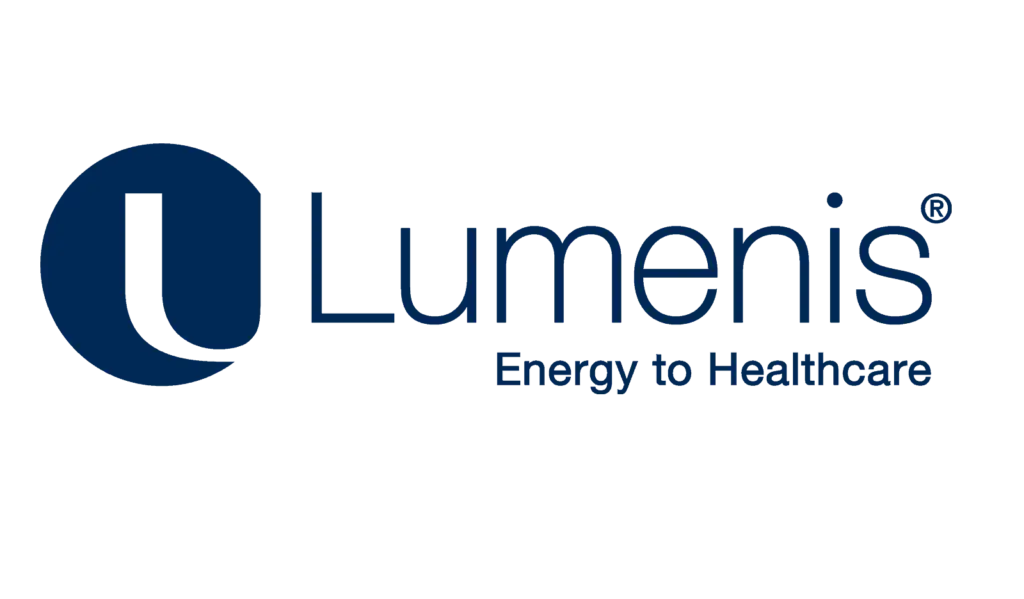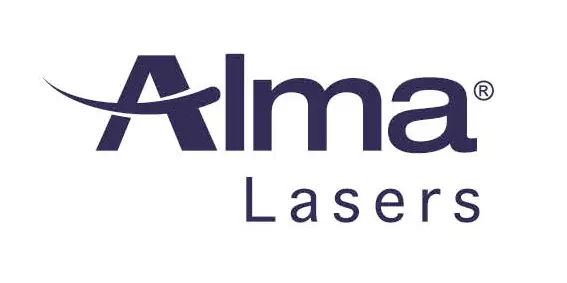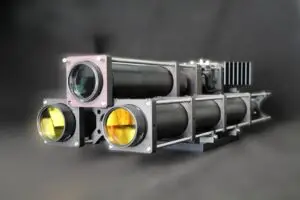The life of infants and toddlers revolves around food and play. They touch, lick, and taste whatever they see. The amount of dirt or residual germs on the floor or toy surfaces is more than what you can imagine. Though these surfaces look clean, it may house a million CFU microbes. It increases the probability of children getting infected by harmful bacteria, viruses, molds, and fungi. Amid the COVID-19 coronavirus pandemic, they need the utmost care.
Warning: Children are at a Higher Risk when it comes to covid-19
The National Center for Immunization and Respiratory Diseases (NCIRD), along with the Centers for Disease Control and Prevention (CDC) in the United States, has largely created awareness regarding children’s increased risk of infections. Besides, they have come up with best practices to safeguard them from this unprecedented pandemic. The center insists parents take COVID-19 coronavirus on a serious note following reports on children getting COVID-19 coronavirus infected. The reports also confirm that children may show symptoms of COVID-19 coronavirus or at times remain asymptomatic.
Surface Viability of COVID-19 Coronavirus
The chances of COVID-19 coronavirus transmission from infected surfaces depend on their extent of surface viability. A recent WebMD Medical Reference article lists down the length of COVID-19 coronavirus’ viability across distinct surfaces. The surfaces that closely associate with children include:
- Plastic (milk bottles, remote, buttons)
- Paper (books, coloring sheets)
- Rubber (knobs, shoes)
- Glass (cups, windows)
- Metal (jewelry)
- Wood (wooden lego toys)
- Fabrics (clothes, bedsheets)
When children interact with these high-touch surfaces and take their hands to the face, mouth, or nose, the chances of COVID-19 coronavirus transmission become higher. Though washing these toys and materials can clean the surface, disinfection is essential to kill COVID-19 like deadly microbes. Without effective disinfection treatments, these surfaces will continue to carry infectious microorganisms.
Disinfecting Baby and Childcare Products
Chemical ingredients present in children’s skincare products can themselves be hazardous to their sensitive skin. How can a chemical disinfectant with a complete chemical formula not harm children and their skin? Hence, experts do not recommend them to disinfect any baby or child care products. Also, there is no proven research evidence that they act effectively against COVID-19 coronavirus.
On the contrary, the ultraviolet light-C (UVC light), with its germicidal properties and demonstrated effectiveness against SARS-CoV-1, SARS-CoV-2, and COVID-19 related viruses, serve as the best choice for disinfecting baby care products and surfaces.
Different UVC Disinfection Approaches
Increased research and industrial advancements have resulted in a variety of UVC-based disinfection procedures, tools, and equipment. Today, the global market features products, such as ultraviolet robots, wands, sanitizers, and differently-sized chambers. Amongst these choices, a UV light sanitizer and UV light disinfection chamber well suit the purpose of baby or child care products/surfaces disinfection.
Dear Parents!
Ensure to disinfect your baby care products and surfaces immediately after someone sneezes or coughs at your home. It prevents the transmission of COVID-19 coronavirus and other microbes to your children.
As a safety note, ensure no one gets exposed to UV light when the UV disinfection system is on or running as it might affect their skin.
Choose PXL UV sanitizer with automatic human-detecting sensors for added safety. Happy parenting!
Tzachi Sabati
CEO, IZAK Scientific
Physicist specializing in photonics and quantum technologies, with deep expertise in quantum sensors and advanced optical systems. Leads the Advanced Quantum Lab course at the Technion, bridging academic excellence with industry innovation. At IZAK Scientific, provides cutting-edge photonics-based solutions, developing customized inspection and sensing systems for R&D and production. Passionate about advancing quantum sensing applications and integrating novel technologies to meet industry needs.

